 |
|  |
Steven G. Wood
|
Fiduciary duties issues arise in almost every facet of real estate operation and ownership, including relationships of attorney-client, broker-client, trustee-beneficiary and inter se relationships between partners, members of limited liability companies, directors and shareholders, etc. Once a fiduciary relationship has been established, it is illegal for the fiduciary to act in any manner adverse or contrary to the interests of the other party, or to act in the fiduciary’s own benefit in relation to the subject matter.
In the upcoming newsletter series, we will examine types of fiduciary relationships, when most typical duties arise in the realm of real estate, common breaches of fiduciary duty, litigation preparation and prevention tips, and an update on cases statutes and commentaries. Below is the first article discussing “Breach of Fiduciary Duties and Recurrent Problems.” Please contact Steve Wood at 650.517.5509 or swood@grayduffylaw.com with any questions.
|
Breach of Fiduciary Duties and Recurrent Problems
Breach of Fiduciary Duty, or more aptly, “Duties,” arises in many different situations, but almost always involves three key questions:
1. Did a fiduciary relationship exist at the time of the alleged misconduct?
2. If so, what was the scope of the relationship?
3. Was there a breach of the duties within the scope of the relationship?
Courts hold that fiduciary relationships may exist under other circumstances involving real property:
- Borrowers & Lenders; Debtors & Creditors
- LLC Members & Managers
- Corporate Directors, Officers & Shareholders
- Insurance, Real Estate, Securities Brokers & Proposed Insureds
- Contracting Parties, including Trustees and Beneficiaries
- Homeowners’ Associations
Two types of fiduciary relationships generally occur:
A. Those that arise under Statutory Law, and applied to (a) particular relationships governed by statute (such as partner / partnership) or by legal proceedings (such as administrator / heir), or (b) contractual relationships (such as principal / agent or attorney / client); and
B. Those that arise by Common (Case) Law due to the underlying relationship of the parties and the transactions at issue. Such often unique fiduciary relationships occur in various factual circumstances.
RECURRENT PROBLEMS
A. Proof of Fiduciary Relationship
Establishing a fiduciary relationship is not always easy. To the extent the relationship at issue is not specifically defined as fiduciary under the law, a plaintiff must rely on such special factual circumstances necessary to establish the relationship. The advantage, of course, is that such a determination is always fact-based and a properly pled complaint can often survive summary judgment.
B. Scope of Fiduciary Relationship
Once a fiduciary relationship has been established, its scope must be defined. The scope of a fiduciary’s duty is sometimes provided for by statute. Uncertainty usually arises in circumstances where the duty is created by common law. In these situations, it is quite possible that a person or entity is only a fiduciary with regard to a particular undertaking. Under any circumstance, this scope should be clear from the complaint.
C. Nonfeasance Versus Malfeasance
A fiduciary breaches a duty in one of two ways: he or she can either take inappropriate action or fail to take any action at all. The distinction may be unclear, especially in cases that involve both acts and omissions. The precise nature of the alleged misconduct must be determined to assess causation. Generally speaking, causation is much easier to prove when the alleged misconduct stems from actions as opposed to omissions.
In the next newsletter, we will examine “Breach of Fiduciary Duty Claims.”
|
Gray·Duffy provides a wide range of services in both real estate transactions and litigation. The firm has decades of experience parsing, pursuing, obtaining and prosecuting entitlement and permit claims in all manner of real estate and other matters. Click here to learn more about our real estate services.
|
|




